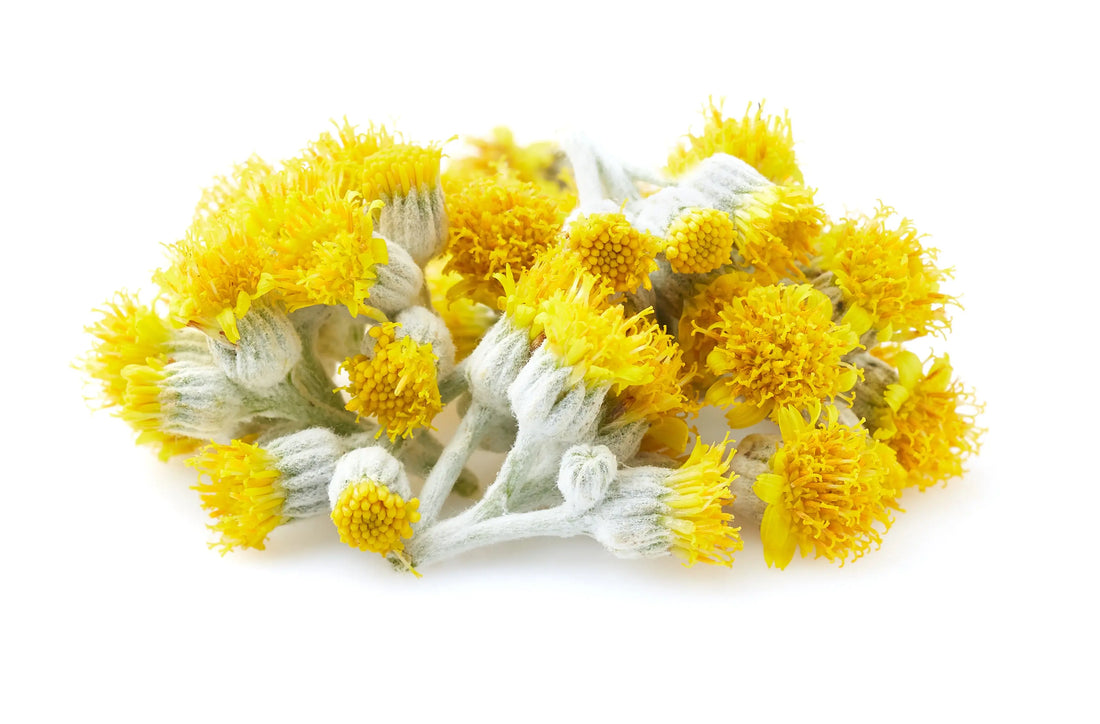Exploring the Mysteries of Nature: CBD-like Compound Found in South American Plant
Scientists - Find CBD-Like Compound in South American Plant
Trema Micrantha contains a cannabis compound and grows wild like a weed across Brazil
Another active compound researchers are calling a cannabinoid has been discovered in another plant species that grows wild like a weed all over Brazil, further showing that cannabis compound properties are not entirely unique to one species.
After finding cannabinoid-like compounds in several other plants beyond cannabis, the most recent being a psychoactive THC-like compound in the liverwort genus Radula, or the CBG-like compound and five other cannabinoids found in Helichrysum umbraculigerum, or the woolly umbrella plant. Other common plants may have similar properties.
A new CBD-like compound has been found, but unlike many of the aforementioned plants, this time it’s an actual cousin of cannabis and hops, falling in the Cannabaceae family. And since THC restrictions make extracting CBD from hemp difficult, with the risk of hot hemp, this plant could eliminate that problem altogether.
Researchers associated with the Federal University of Rio de Janeiro (UFRJ) announced that Trema micrantha—a species of plant native to Brazil and other South American countries—“can expand the use of cannabidiol (CBD) for medicinal purposes without legal barriers.”
Chemical analysis didn’t show any THC-like compounds in Trema micrantha. But as for CBD production, the plant could show promise as a game-changer, since hot hemp is a major headache for the hemp industry with traces of THC.
“It’s a legal alternative to using cannabis,” molecular biologist Rodrigo Moura Neto of the Federal University of Rio de Janeiro told AFP. “This is a plant that grows all over Brazil. It would be a simpler and cheaper source of cannabidiol.”
What is Trema micrantha?
Experiencia seeds reports that Trema micrantha is also called the Florida trema—a species of flowering plant in the hemp and hops family, Cannabaceae. It’s a fast-growing, deciduous tree that can reach up to 10 meters in height. It grows across Brazil as a native plant, and can also be found in other tropical and subtropical regions throughout the globe.
Trema is known for its hardiness and ability to thrive in nearly any soil condition, making it a common weed found in urban landscapes. Most people consider it to be a weed.
In its native habitats, Trema micrantha plays an important ecological role, providing fruits as a food source for a variety of bird species. It also contributes to seed dispersal and biodiversity. The plant’s rapid growth and dense foliage provides shelter for wildlife, while its roots are believed to help to prevent soil erosion. In urban environments, Trema micrantha is often used in landscaping for its look and its ability to improve air quality by absorbing pollutants.
Science Alert reports that the results have not yet been published. Neto now plans to ramp up the study to better identify the best methods to extract “CBD” from the plant and analyze its effectiveness in patients with conditions currently treated with medical cannabis.
The realm of scientific exploration consistently presents us with remarkable discoveries. One such research has uncovered the existence of a CBD-like compound in a specific South American plant. This breakthrough introduces a new perspective on the untapped potential of CBD-like compounds that exist in nature.
The exploration started as scientists delved into the botanical life of South America, aiming to unlock secrets hidden within these plants. Amidst their research, they stumbled upon a plant species that contained compounds strikingly similar to CBD. The profound implications of this discovery can reshape our understanding of natural compounds and the potential benefits they might offer.
Continuing research focuses on understanding the functionality and application of this CBD-like compound. With its parallels to CBD, the compound exhibits promising potential. By offering a new variant for study, scientists gain the opportunity to further understand the vast possibilities that come with this plant-based compound. The conclusion is far from reached, as researchers continue to illuminate the shadowing mysteries of this newfound CBD-like compound.
The power of nature continuously astonishes us with its capacity to produce complex, beneficial compounds found in various plant species. By accepting the challenge to understand these compounds, we are propelling advances in numerous domains – medicine, therapy, health supplements, and more. Follow us on this fascinating journey as we unravel the secrets of this CBD-like compound from a South American plant.


